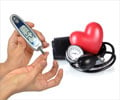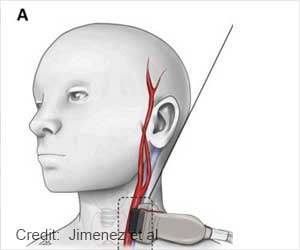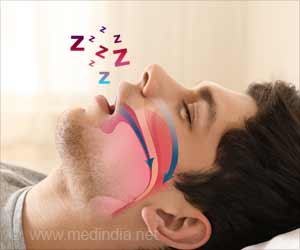Overall, absolute blood pressure control improved 2.5 percent during the intervention period, translating into another 1,349 persons who achieved control over hypertension.
Focused and inexpensive measures improved high blood pressure control and treatment among veterans, according to a study presented at the American Heart Association’s 9th Scientific Forum on Quality of Care and Outcomes Research in Cardiovascular Disease and Stroke.
Researchers observed 53,936 Veteran Affairs (VA) patients for 39 weeks (21 weeks before and 18 weeks after the interventions) during outpatient visits for hypertension. Of the group, 33,967 (63 percent) reached their blood pressure goal. The proportion that reached their goal varied over time: pre intervention — 61.8 percent reached goal vs. post intervention — 64.3 percent.Overall, absolute blood pressure control improved 2.5 percent during the intervention period, translating into another 1,349 persons who achieved control over hypertension.
“Over a four-month period we were able to highlight the importance of blood pressure control with Veteran Affairs Hospital providers and patients and make some small but significant changes,” said Christianne Roumie, M.D., M.P.H., lead author of the study and staff physician for the Veterans Affairs Tennessee Valley Healthcare System.
Because hypertension is the most commonly treated chronic condition in VA hospitals, the chief of staff created a performance improvement committee to optimize local hypertension care, Roumie said.
High blood pressure, or hypertension, in an adult is systolic pressure of 140 millimeters of mercury (mm Hg) or higher and/or diastolic pressure of 90 mm Hg or higher. High blood pressure increases the risk of heart attack, angina, stroke, kidney failure, peripheral artery disease (PAD) and the development of fatty deposits in arteries (atherosclerosis). Heart failure risk also increases due to the extra workload that high blood pressure places on the heart.
“For patients to effectively manage a chronic illness, such as hypertension, they need information that’s easy to understand and they need to be involved in the decision-making process,” said Roumie, an assistant professor of internal medicine and pediatrics at Vanderbilt University in Nashville, Tenn.
Advertisement
• Improve measurement and documentation of blood pressure by using a nursing protocol.
Advertisement
• Distribute treatment guidelines on pocket cards to providers and display posters outlining treatment algorithms.
• Initiate audit/feedback of the provider and firm’s performance.
Roumie said reducing blood pressure and getting patients to their goal has the potential to reduce:
• stroke disease and death by 42 percent;
• heart disease by 14 percent to 20 percent; and
• heart failure by 30 percent to 50 percent.
The estimated 2005 prevalence for high blood pressure in the United States was 73 million (about 34 million men and 39 million women). One in three U.S. adults has high blood pressure, according to the American Heart Association’s Heart Disease and Stroke Statistics – 2008 Update.
Benefits derived from the study can be implemented at other hospitals both VA and non VA; however, each healthcare system “must do some work on the front end to understand what barriers to care exist, specifically, for their own system,” Roumie said.
Source-Eurekalert
LIN/M











